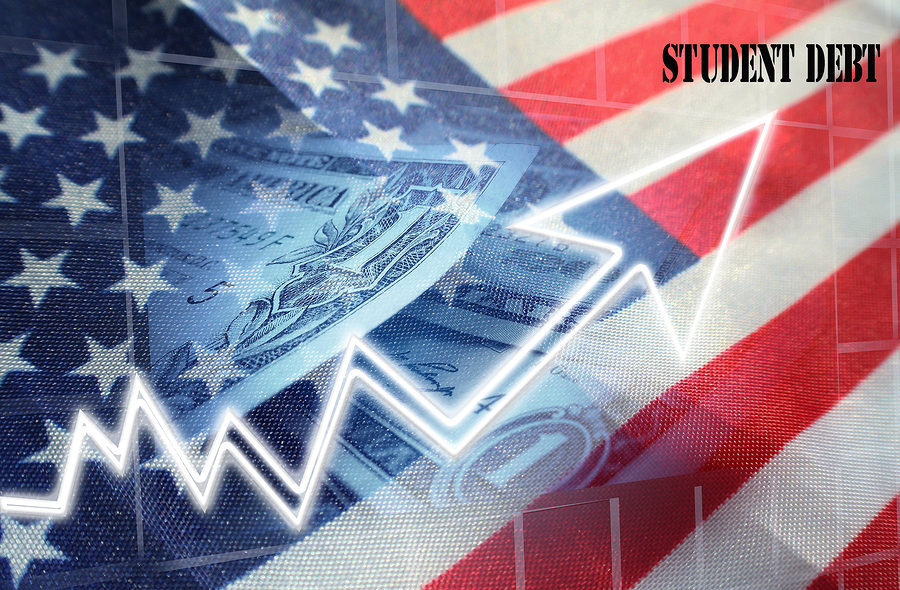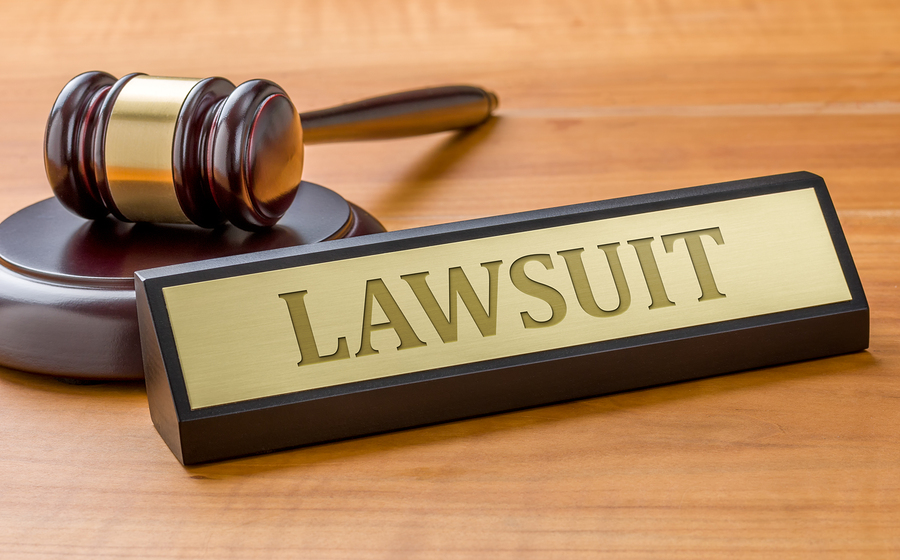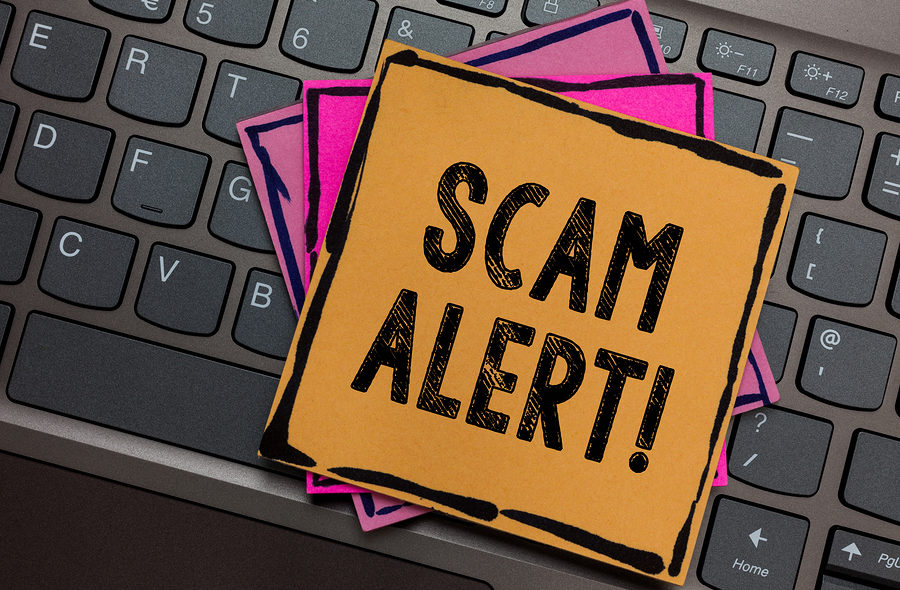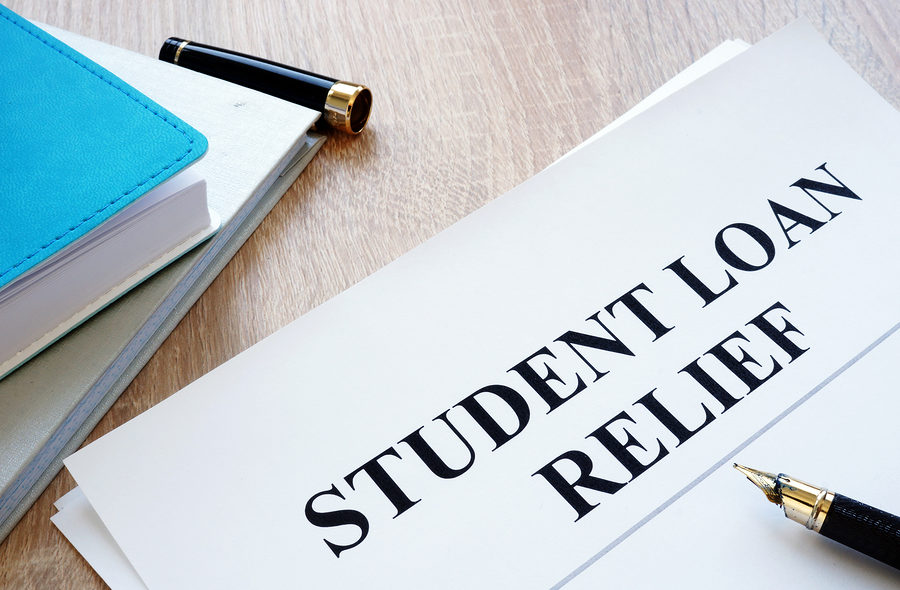Repaying student loan debt can be a daunting process. It can seem like the end is never in sight. Student loan borrowers and those who co-signed these loans are not alone in the struggle. The amount of student loan debt has increased by $110 billion in the last 16 months to a total of $1.41 trillion nationwide. With the higher balances’ students are graduating with every year, that feeling of discouragement is understandable. Here are some of the biggest student loan repayment mistakes to avoid.
Know how much you owe.
It is important that you know what this amount is so that you can plan repayment accordingly. You should know what the interest rate is, as well as how much the monthly payment will be so that you can prepare a budget to keep up with payments. It is also equally as important to keep an eye on that balance as you pay it off.
Structure your repayment plan upon graduation, if not before.
Once you know how much you owe, the next step is to develop a strategy to repay the loans. Financial experts even recommend students work on a repayment strategy while they are still in school. It can be tempting to avoid the inevitable, especially with the grace period most student borrowers get after they graduate. However, the best plan of action is to get ready for the payment plan and make sure your budget accounts for these monthly payments. This way when the borrower begins payments upon the expiration of the grace period, he or she is ready.
Know all your repayment options.
It is also important to know what repayment options are available. One mistake many borrowers make is to not properly research their options for paying back their loans. If you have federal student loans, several different repayment plans may be available for you, and you can pick which plan works best for your life situation.
Change the due date to accommodate YOU.
Many borrowers are unaware of the fact that they can adjust a payment due date if it does not work with their income flow. For instance, if you only get paid once a month at the end of every month, it may be wise to change the payment date to mid-month to allow for income to come in to make the payment on time.
Keep all balance and payment information up to date.
One common mistake that many borrowers also make is to not keep their contact information updated with the lender. This information includes your email address, telephone number and mailing address. Most lenders send bills electronically, but even if the lender sends the bill in paper form to the borrower’s home, it is up to the borrower to make sure the lender has his or her current information. Not receiving the bill is not a valid excuse for missing a payment, as it is the borrower’s responsibility to update his or her information with the lender if anything changes.
Do not be fooled by student loan forbearance.
Another mistake many borrowers make is utilizing the forbearance option too frequently during repayment. It is oftentimes something student loan lenders push, as it can add thousands of dollars to the loan balance, due to the interest continuing to accrue. Forbearance allows the borrower to temporarily suspend their payments during times of financial difficulty. While the option can be helpful if the borrower loses his or her job, it is only meant to be a short-term solution and should only be used if absolutely necessary.
Beware of student loan debt relief scams.
Unfortunately, many borrowers fall prey to scams that are out there, preying on individuals who are looking for the quick fix to help them with their student loan debt. These fraudulent offers often come in the form of an unsolicited phone call, email or letter, where a company tries to offer student loan forgiveness or a way to reduce the borrower’s total debt. Do your research and do not take an offer at face value. These companies are not out to help you. If something sounds too good to be true, it likely is.
Please click here to read more.
For borrowers who are struggling with student loan debt, relief options are available. Many student loan borrowers are unaware that they have rights and repayment options available to them, such as postponement of loan payments, reduction of payments or even a complete discharge of the debt. There are ways to file for bankruptcy with student loan debt. It is important you contact an experienced Miami bankruptcy attorney who can advise you of all your options. As an experienced CPA as well as a proven bankruptcy lawyer, Timothy Kingcade knows how to help clients take full advantage of the bankruptcy laws to protect their assets and get successful results. Since 1996 Kingcade Garcia McMaken has been helping people from all walks of life build a better tomorrow. Our attorneys help thousands of people every year take advantage of their rights under bankruptcy protection to restart, rebuild and recover. The day you hire our firm, we will contact your creditors to stop the harassment. You can also find useful consumer information on the Kingcade Garcia McMaken website at www.miamibankruptcy.com.






